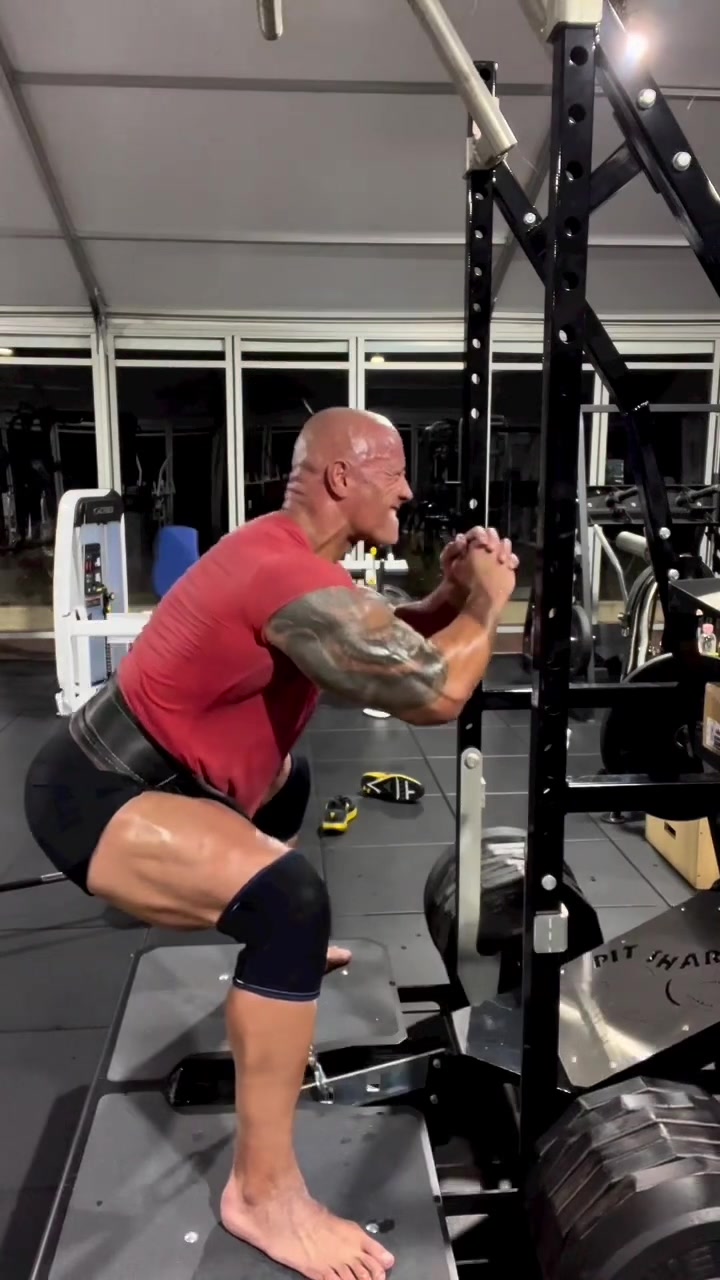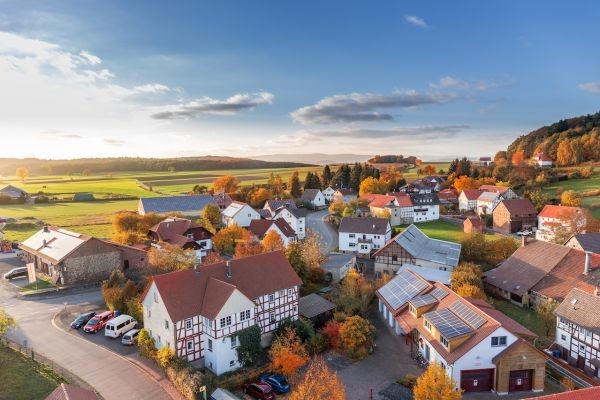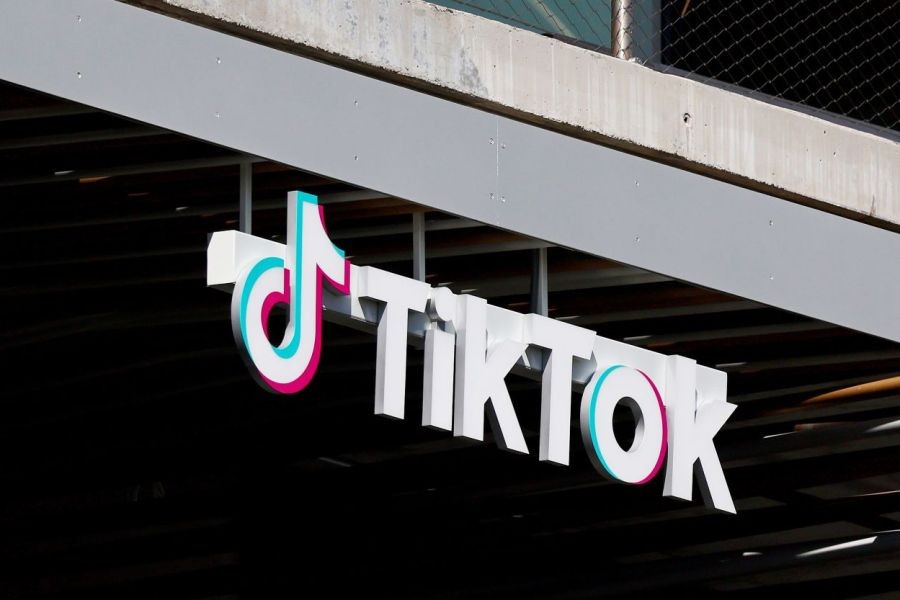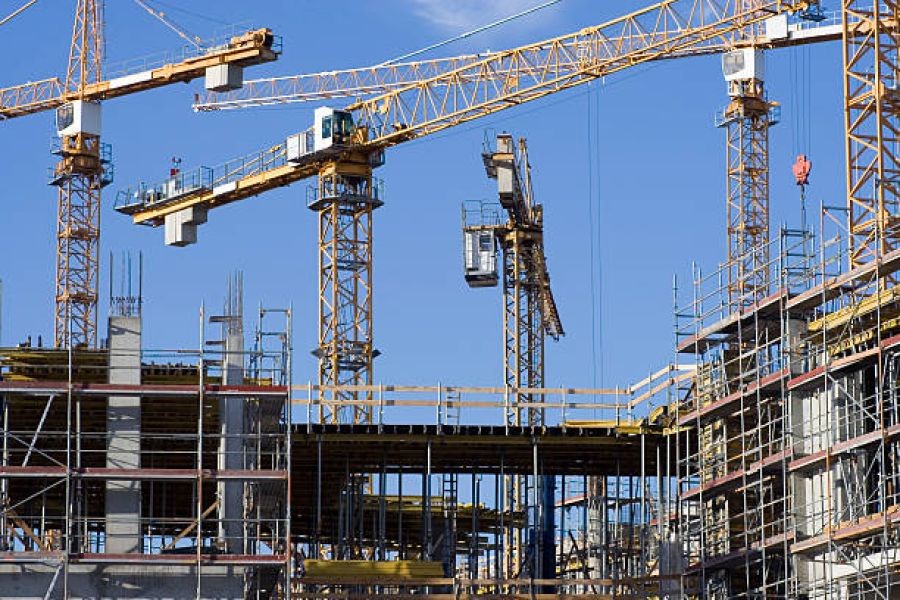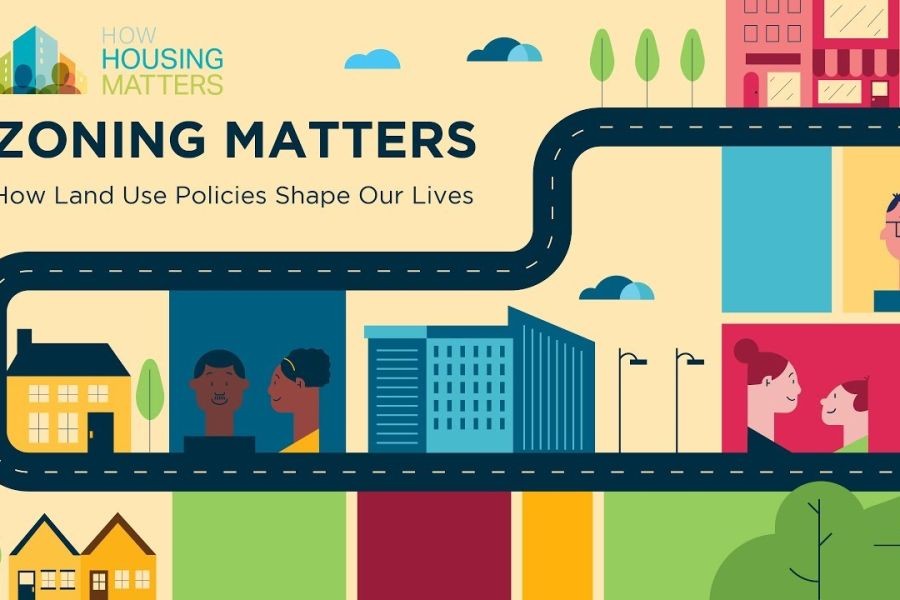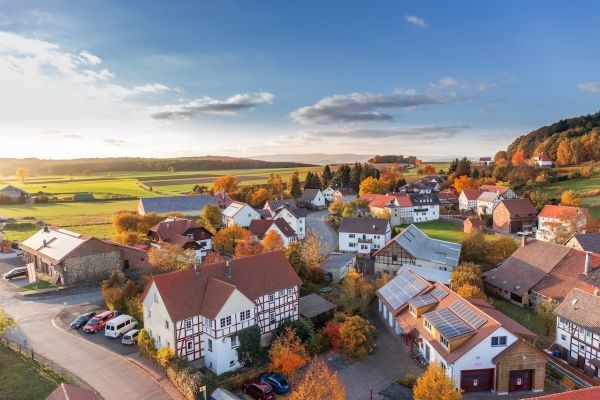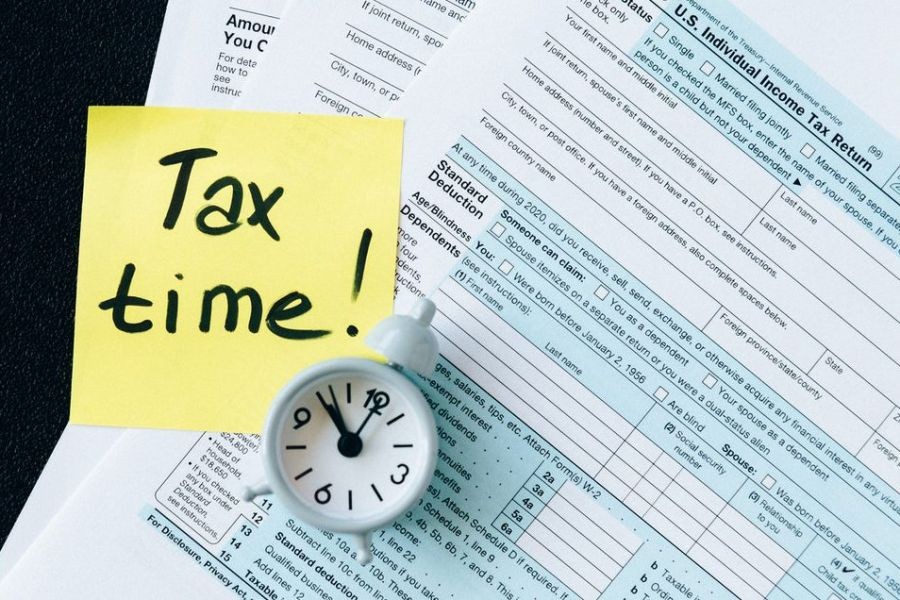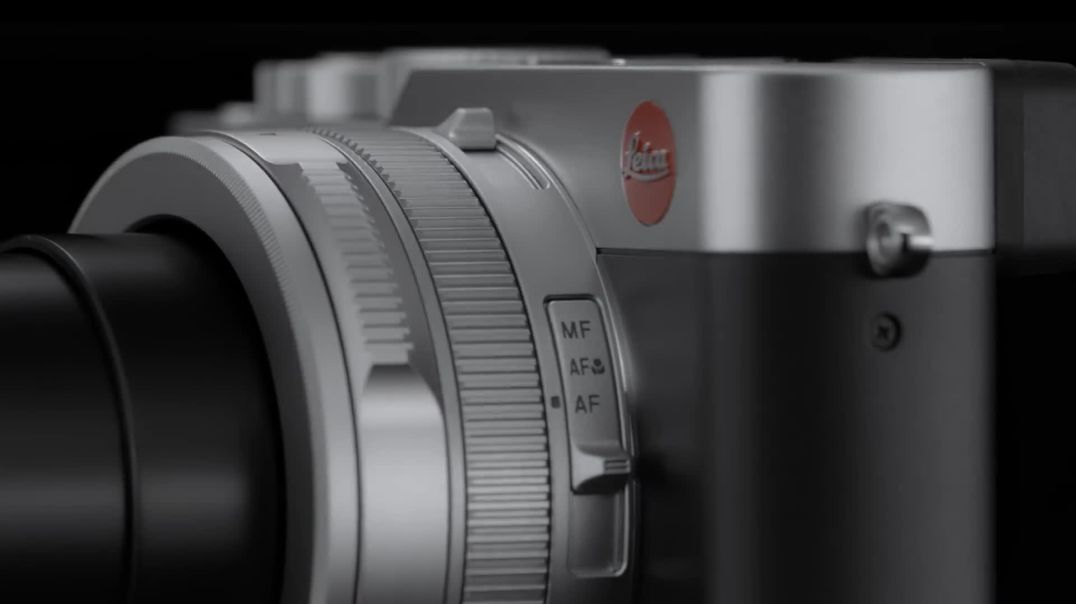New Zealand's real estate market is renowned for its challenges, particularly the soaring costs associated with construction and limited housing supply. However, an innovative approach has emerged, offering a beacon of hope for developers—prefabricated homes. These factory-built structures have already transformed the housing landscape globally, and one New Zealand developer is reaping substantial financial rewards by adopting this method. This article delves into the journey, exploring how prefabricated homes can be a game-changer for developers, particularly in the Kiwi context.
Understanding Prefabricated Homes: A Comprehensive Overview
Prefabricated homes, or prefab homes, are residential buildings constructed off-site in a controlled factory environment. They are then transported to the final location for assembly. This method significantly reduces construction time and costs, offering a streamlined alternative to traditional building methods. According to a report by PrefabNZ, the industry's peak body, prefabricated construction can reduce build time by up to 60% and cut costs by 15% compared to conventional building methods.
Case Study: New Zealand Developer's Success Story
Problem: A well-known developer in Auckland faced challenges with skyrocketing construction costs and lengthy project timelines, impacting profitability and market competitiveness.
Action: Embracing the prefabrication model, the developer partnered with a local manufacturing company specializing in prefab structures. The plan was to build a new housing development using these prefabricated modules, ensuring quality and efficiency.
Result: Within 18 months, the developer completed the project, which was 40% faster than previous developments. The cost savings were substantial, with a 20% reduction in overall expenses. The quick turnaround also allowed the developer to capitalize on market demand swiftly, enhancing profitability.
Takeaway: This case study exemplifies the potential of prefabricated homes to revolutionize the construction industry in New Zealand. Developers can achieve significant time and cost efficiencies, making it a viable solution in the context of the country's housing challenges.
Data-Driven Insights: The Impact on New Zealand's Economy
According to Stats NZ, the construction sector contributes about 7% to the national GDP, highlighting its economic significance. Prefabricated homes could amplify this contribution by enhancing productivity and addressing the labor shortages plaguing the industry. A report by the Ministry of Business, Innovation and Employment (MBIE) indicates that labor shortages in construction are a critical bottleneck, with prefabrication poised to alleviate these issues by reducing the dependency on on-site labor.
Moreover, the Reserve Bank of New Zealand suggests that housing affordability remains a pressing issue, with property prices increasing by over 20% in recent years. Prefabrication offers a cost-effective alternative, potentially stabilizing the market by providing more affordable housing options.
Debunking Myths Around Prefabricated Homes
- Myth: Prefabricated homes are of inferior quality.
- Reality: Modern prefabricated homes are built to stringent quality standards, often surpassing traditional construction in terms of durability and energy efficiency.
- Myth: Prefab homes lack design flexibility.
- Reality: With advancements in design technology, prefab homes offer a wide range of customization options, catering to various aesthetic preferences and functional needs.
- Myth: Prefabricated homes are not sustainable.
- Reality: Prefab construction is inherently more sustainable as it minimizes waste and often uses eco-friendly materials, aligning with New Zealand's environmental goals.
Pros and Cons of Prefabricated Homes
Pros:
- Cost Efficiency: Prefabricated homes reduce construction costs by up to 20%.
- Speed: Projects can be completed 40% faster than traditional builds.
- Quality Control: Factory settings ensure consistent quality and minimize weather-related delays.
- Sustainability: Reduced waste and energy-efficient designs contribute to environmental conservation.
Cons:
- Initial Perception: Prefab homes may face stigma regarding quality and design.
- Logistics: Transporting modules to remote sites can be challenging and costly.
- Financing: Traditional banks may have limited experience with financing prefab projects, creating hurdles.
Future Trends: The Evolution of Prefabricated Homes in New Zealand
The future of prefabricated homes in New Zealand appears promising. As technology advances, the integration of smart technologies into prefab designs is anticipated, enhancing functionality and appeal. According to a report by NZTech, the adoption of Building Information Modelling (BIM) could further streamline prefab construction processes, ensuring precision and reducing errors.
Moreover, government policies encouraging sustainable construction methods are expected to boost the uptake of prefabricated homes. By 2030, it is projected that prefabrication could account for 30% of all new residential builds in New Zealand, driven by cost efficiencies and sustainability imperatives.
Conclusion
As New Zealand grapples with housing shortages and rising construction costs, prefabricated homes offer a viable solution for developers seeking efficiency and profitability. By embracing this innovative approach, developers can not only enhance their bottom line but also contribute to solving the nation's housing crisis. As the construction landscape evolves, prefabricated homes are poised to play a pivotal role, offering a glimpse into the future of sustainable and efficient construction.
What are your thoughts on the potential of prefabricated homes in New Zealand? Share your insights below!
People Also Ask (FAQ)
What are the biggest misconceptions about prefabricated homes?One common myth is that prefab homes are of inferior quality. However, research from PrefabNZ shows that they often exceed traditional builds in durability and energy efficiency.
How do prefabricated homes impact the New Zealand economy?Prefabricated homes can reduce construction costs and time, addressing labor shortages and housing affordability issues, ultimately boosting the construction sector's contribution to the national GDP.
What upcoming changes in New Zealand could affect prefabricated homes?By 2030, policy updates promoting sustainable construction methods could significantly increase the adoption of prefabricated homes, making them a key component of the housing market.
Related Search Queries
- Prefabricated homes New Zealand
- Cost of prefab homes in NZ
- Advantages of prefab construction
- Prefab homes vs. traditional homes
- Sustainable housing solutions NZ
- Future of construction in New Zealand
- Housing affordability solutions NZ
- Innovative building methods NZ
- Prefab homes cost savings
- New Zealand housing crisis solutions

